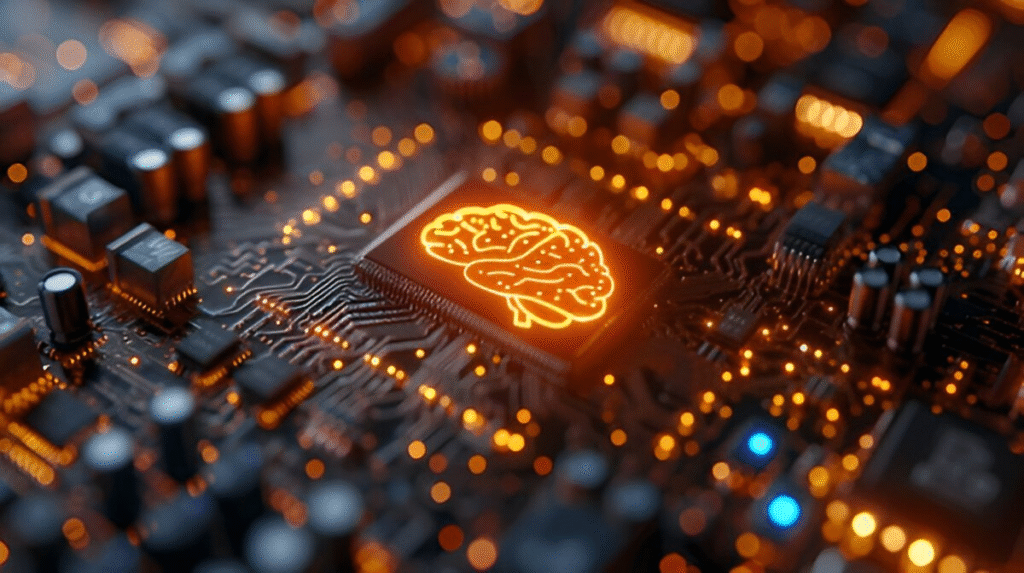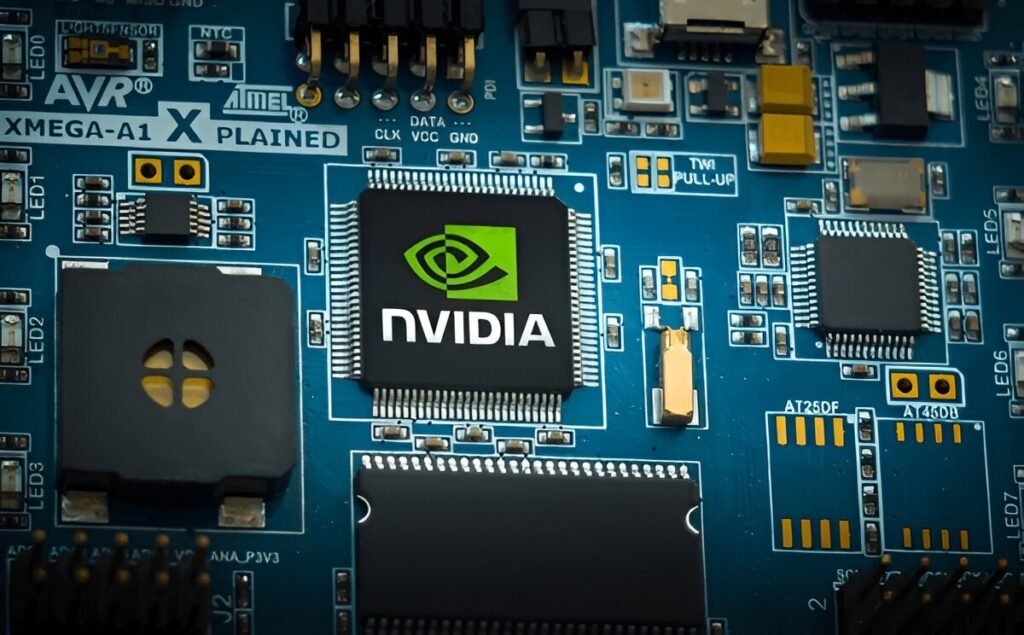Imagine solving problems in seconds that would take today’s most powerful computers thousands of years. This isn’t science fiction — it’s quantum computing.
As the world generates more data and demands faster processing, classical computers are hitting limits. That’s where quantum computers enter, opening new frontiers in medicine, finance, and artificial intelligence.
But what is quantum computing, really? How does it work, and why is everyone from Google to IBM investing billions into it? Let’s break it down.
This article is the first in a four-part series exploring the fascinating world of quantum computing. If you're ready to dive deeper into the principles, components, and types of quantum technologies, check out the next article "Quantum Computer Secrets: Principles, Components & Types".
What is a Computer?
Before diving into quantum computing, it’s essential to understand what a computer is at its core. A computer is a machine that processes data using a set of instructions. It performs logical and mathematical operations using bits — the smallest unit of data, which can be either 0 or 1.
Classical computers — like the ones we use daily — rely on electrical circuits that switch between on (1) and off (0). These binary states form the foundation of all software, apps, and websites.
What is Quantum Computing?
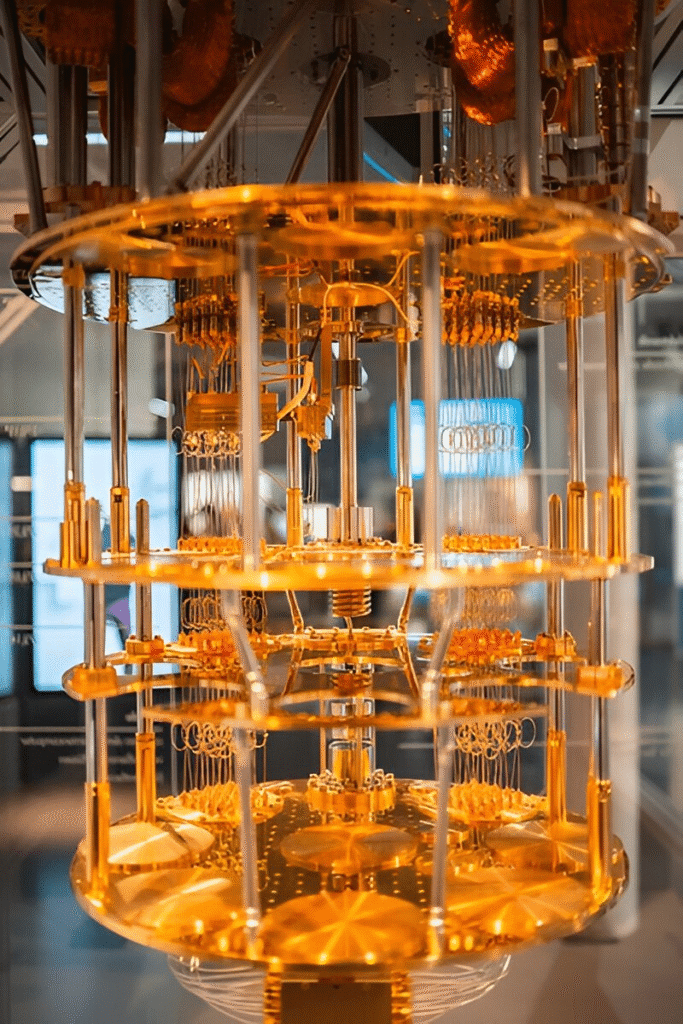
Quantum computing is a revolutionary technology that uses the principles of quantum mechanics to process information in fundamentally different ways from classical computers.
Instead of bits, quantum computers use qubits (quantum bits), which can exist as 0, 1, or both at the same time. This ability, known as superposition, allows quantum computers to perform complex calculations much faster than traditional systems.
Simply put: quantum computing doesn’t just do things faster — it can solve problems that classical computers can’t solve at all.
Classical Computing vs. Quantum Computing
Let’s compare classical computers and quantum computers in terms of data handling:
| Feature | Classical Computing | Quantum Computing |
|---|---|---|
| Basic Unit | Bit (0 or 1) | Qubit (0, 1, or both) |
| Data Storage | Binary states only | Superposition and entanglement |
| Processing Method | Sequential or parallel | Massive parallelism via quantum states |
| Power Scaling | Linear with more bits | Exponential with more qubits |
| Problem-Solving Capacity | Limited by binary logic | Ideal for optimization and complex modeling |
Classical computers are still the best choice for everyday tasks like email, video editing, and gaming. But when it comes to simulating molecules, optimizing logistics, or securing communications, quantum computers have the edge.
Why Do We Want Quantum Computers?
Because they offer unmatched computational power for solving some of humanity’s most challenging problems.
Traditional computers struggle with problems involving massive data sets and probabilities — think climate modeling, drug discovery, or supply chain optimization. Quantum computers can tackle these tasks with incredible efficiency.
For example:
- In healthcare, quantum computing could simulate how drugs interact with the human body — speeding up the development of life-saving medicines.
- In finance, it can optimize portfolios by calculating thousands of possibilities simultaneously.
- In cybersecurity, quantum computers may someday break current encryption — but also enable unbreakable communication using quantum keys.
What Could Quantum Computers Do?
Here are some of the incredible things quantum computers could make possible:
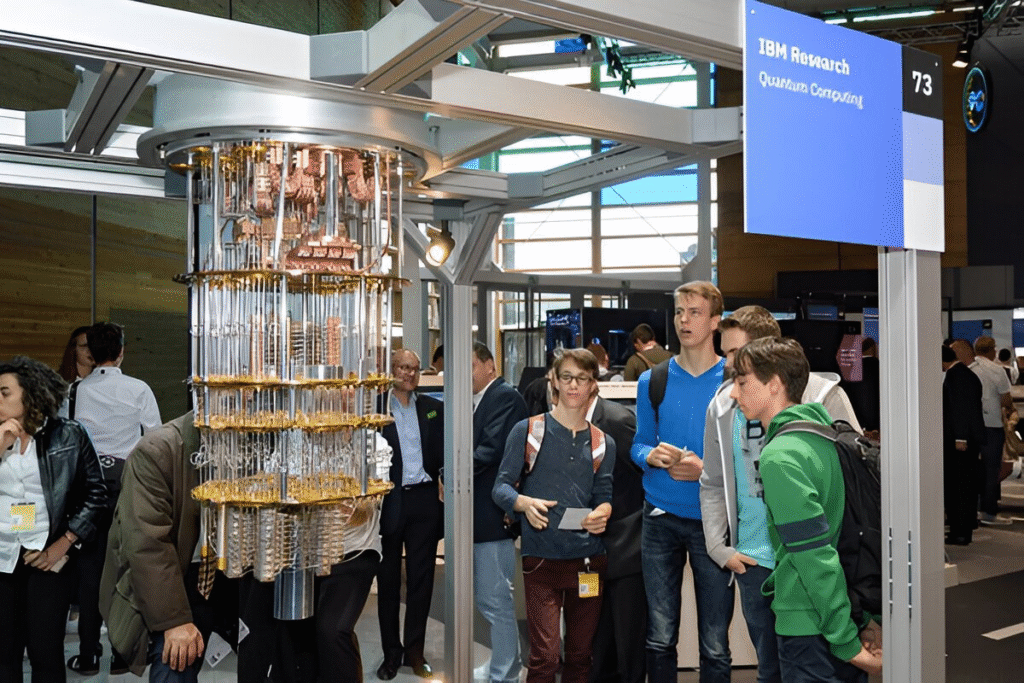
- Revolutionize AI: Quantum algorithms could train AI models (like ChatGPT, Manus AI) exponentially faster.
- Boost Climate Research: Simulate complex weather systems for accurate predictions.
- Advance Materials Science: Discover new materials for batteries, solar panels, or superconductors.
- Optimize Logistics: Solve route optimization in real-time, helping airlines and delivery services cut costs.
- Crack Codes — or Make Them Unbreakable: While quantum computers could break current encryption, they can also create ultra-secure systems using quantum key distribution.
The potential is vast, but today’s quantum computers are still in early development. Many quantum computing companies, like IBM, Google, Rigetti, and D-Wave, are racing to build scalable, fault-tolerant machines.
What is a Qubit?
At the heart of quantum computing is the qubit and it is the quantum equivalent of a classical bit.
Unlike bits, which can only be 0 or 1, a qubit can be both at the same time — thanks to superposition. This means that two qubits can represent four possible states at once (00, 01, 10, 11), and the number grows exponentially with each additional qubit.
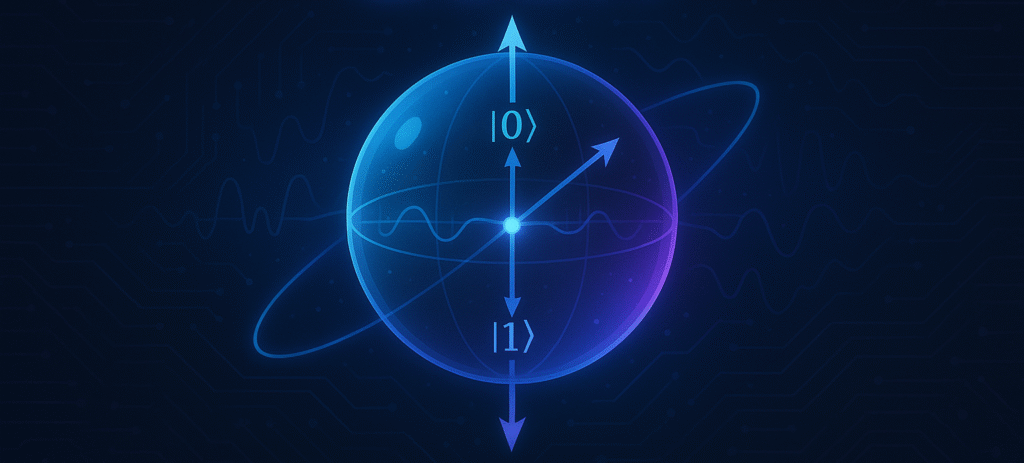
Qubits also exhibit entanglement, another quantum property where qubits become linked. When one entangled qubit changes state, the other responds instantly — no matter the distance between them.
Just to illustrate:
- 1 bit → 2 states
- 2 bits → 4 states
- 3 qubits → 8 states
- 10 qubits → 1,024 states
- 100 qubits → more states than atoms in the universe
This is why quantum computers are so powerful.
Four Key Principles of Quantum Mechanics
Quantum computing is based on four fundamental principles of quantum mechanics:
1. Superposition
Superposition allows a qubit to exist in multiple states simultaneously. This enables quantum computers to explore multiple solutions in parallel.
Example: Instead of flipping one coin at a time, a quantum computer flips all coins in every possible combination instantly.
2. Entanglement
Entangled qubits have a mysterious connection. When you measure one qubit, you instantly know the state of its entangled partner — even if it’s light-years away.
This principle allows quantum computers to coordinate qubits and reduce errors in computations.
3. Interference
Quantum interference allows the computer to amplify correct solutions and cancel out wrong ones. It’s a key tool in designing efficient quantum algorithms.
4. Quantum Tunneling
Quantum tunneling lets particles pass through barriers they normally couldn’t, enabling shortcuts in problem-solving.
This principle is particularly useful in optimization problems and is used in quantum annealing, a special type of quantum computing.
Where We Are Now: The State of Quantum Computing
Today’s quantum computers are still in the noisy intermediate-scale quantum (NISQ) era. That means they have limited qubits and are prone to errors. They’re not yet powerful enough to outperform classical computers in most real-world tasks.
However, major milestones are being achieved:
- Google’s Sycamore processor achieved “quantum supremacy” in 2019 by solving a problem no classical computer could do quickly.
- MIT researchers are advancing toward fault-tolerant quantum systems.
- IBM is building cloud-accessible quantum systems and pushing toward a 100,000-qubit machine by 2033.
Meanwhile, quantum computing companies like Rigetti, IonQ, and D-Wave are exploring different technologies — from superconducting circuits to trapped ions.
Quantum computing may still be evolving, but its potential is already reshaping the future.
